What internet speed do I need? Here's how many Mbps is enough
The internet speed boosts you should (and shouldn’t) pay for
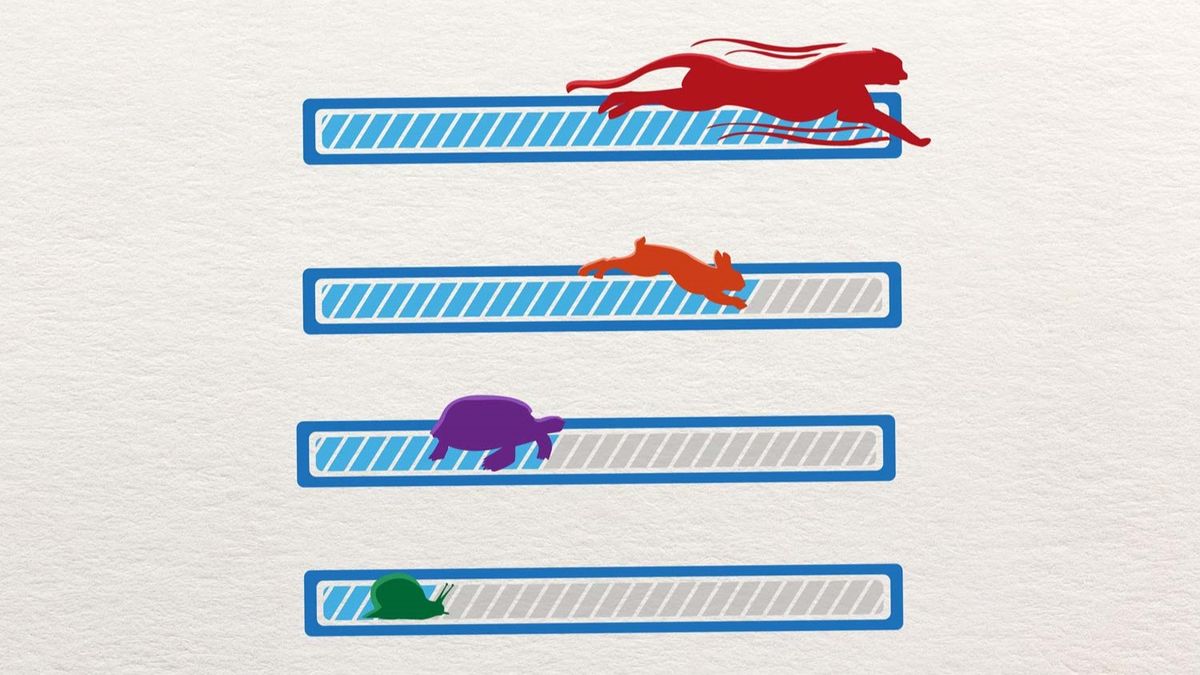
How much internet speed do I really need? You may find yourself asking this question every time you go to pay your bill or when you consider switching plans.
Knowing which broadband service plan is the right one for you and your household isn’t the simplest question to answer though. The past few years have put more demand on home networks than ever before with broadband plans serving as both a work and school resource on top of your usual streaming and gaming.
Here’s how to know if you’re paying too much for your internet access — or if you’re really getting the service you need. At the same time, having one of the best cable modems or best Wi-Fi routers can help you get the most from your internet connection while eliminating extra rental fees from your internet service provider (ISP). In fact, your cable modem and Wi-Fi router can pay for themselves over the course of a year or two since you won't be giving any extra cash to your ISP. Plus, you'll get access to the latest wireless standards like Wi-Fi 6E and even Wi-Fi 7 a whole lot sooner.
As the number of people and connected devices in your home increases though, so too does the bandwidth they use which is why internet connectivity is something of a moving target.
Have you ever enjoyed blazing speeds on your laptop, phone or tablet and then at other times wondered why your connection was so slow? Maybe an online game takes longer to load when someone else in your home starts a video call or perhaps your streaming devices just keep buffering right when you get to the best part of a movie on Netflix.
To see if you really need to pay a lot more for faster connectivity, Tom’s Guide asked broadband experts and staff at several of the top ISPs and this what we found.
What internet speed do I need? Quick tips
- Netflix says you need 5 Mbps to stream full HD content and a data rate of 25 Mbps (megabits per second) for 4K Ultra HD content. However, you’ll want even faster speeds if you plan to connect several devices at once. The same holds true for other streaming services.
- Multiple devices demand more bandwidth. If you plan on streaming 4K video content on your TV while having multiple devices connected to your network, you should seriously consider investing in a plan that can provide faster download speeds like 200 Mbps. This speed should work for more data-hungry households.
- Consider gigabit (1,000 Mbps) speeds, if available. Those who use a lot of data will want faster speeds and more bandwidth. If they’re available where you live, gigabit-speed internet plans are the best you can get in many homes right now though some ISPs have begun rolling out multi-gig plans but they are still quite expensive.
- Know your speeds. By using one of the best speed test apps, you can check your internet connection speed to determine whether you’re really getting the bandwidth you’re paying for.
- Check your Wi-Fi connection. Sometimes the problem isn’t with your ISP but with your home network instead. See our guide on how to make Wi-Fi faster for some quick tips or consider upgrading your router.
There is such a thing as too much speed
Although your ISP may be telling you to get a faster and more expensive plan, you may actually be paying more than you need to.
"To select the best services or package for your usage, you must understand your bandwidth needs," said Lincoln Lavoie, a senior engineer of broadband technologies at the University of New Hampshire InterOperability Laboratory.
"This [bandwidth] depends more on the applications being used (streaming is largely a downstream application), but as users start doing more things like video calls and movie sharing, upload also becomes very important," Lavoie told Tom's Guide.
"Similarly, upload speeds are critical for people working remotely from home, as upload speeds would impact things like screen sharing and online conference calls."
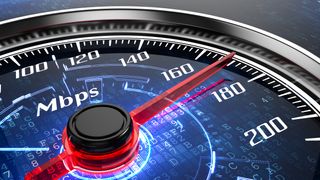
A few years ago when people had to handle working and remote learning at home, the need to have sufficient bandwidth for an entire household became more important than ever before.
A senior engineer who works at a major ISP that spoke with Tom’s Guide on the condition of anonymity echoed this point, saying internet speeds ultimately depend on what each customer is doing with their internet connection.
The engineer also highlighted the fact that the “average family” shouldn’t pay for “anything beyond 20 x 5” or in other words, 20 Mbps each for up to five data-hungry devices such as desktop computers, laptops, game consoles and streaming TVs.
Companies like Spectrum offer 100 Mbps download seeds as their baseline and this kind of plan should work well enough for most people.
How many Mbps do you really need?
| Number of devices | Use Cases | Recommended Download Speed |
| 1-2 | Web surfing, email, social networking, moderate video | Up to 25 Mbps |
| 3-5 | Online multiplayer gaming, 4K streaming | 50 - 100 Mbps |
| More than 5 | All of the above plus sharing large files and live streaming video. | 150 to 200 Mbps |
Another broadband expert explained to Tom’s Guide that the more bandwidth you have, the better - but only up to a point.
Christopher Mitchell, director of the Community Broadband Networks Initiative at the Institute for Local Self-Reliance in Minneapolis, said a fast data rate will ensure you have enough bandwidth when you really need it. For example, if you have a big file to upload or you’re doing sophisticated work on your network.
As the name suggests, gigabit speed offers 1,000 Mbps or 1 Gbps which is an exponential increase over the 20-to-200 Mbps plans that are generally considered high-speed broadband. Check out our article about gig-speed internet for a full explanation on what gigabit internet plans offer, what they cost and what they allow you to do.
Mitchell also explained that “anything over 10 Gbps to a home user is pretty likely overkill” and that “Only a few networks in the U.S. do 10 Gbps. A gig everywhere should be a goal — not because people will max it out, but because it will ensure everyone can do what they want without worrying about the network being the bottleneck.”
However, as more people shift to streaming to watch TV and movies online, bandwidth requirements become a bigger issue. If you want to stream 4K content to get the best picture on your smart TV, you’ll need at least 25 Mbps to do so. Lower-resolution content is less demanding but even streaming 1080p HD video requires a 10 Mbps plan for smooth performance.
This assumes you only stream video to a single device at a time. If there is more than one TV in your home, or you want to watch in the living room while someone else watches something in the bedroom, then your bandwidth needs will grow accordingly.
Smart home devices also require more bandwidth and it only takes a few — like a smart thermostat, a smart speaker and a smart lock — to start having an impact on the speed of your home network. This is why you shouldn't forget to factor these devices in when determining how many connected devices you have in your home.
Most experts recommend adding an extra 5 Mbps to your plan for every 10 smart home devices though some — like cameras — require even more data.
The cost of connectivity
Although there's a debate over how much internet speed the average home customer needs, it's clear that ISPs benefit from your desire for faster internet speed. The ISPs can also provide some insight into how much speed you really need by listing how many devices can connect to the network at any given time.
According to a report from the The Internet & Television Association, the average American household pays $61 per month for internet service, but your costs will vary based on your plan and usage.
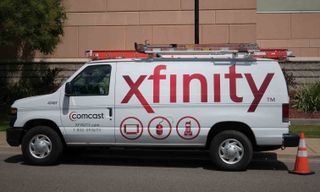
Comcast Xfinity, a prominent ISP in the U.S., has varying prices based on speed. If you listen to the above engineer, you can probably get away with the company's cheapest package, which offers download speeds of up to 100 Mbps.
The plan is available for new customers at $40 per month and, according to Xfinity, should be able to accommodate up to five devices simultaneously connecting to the internet.
Xfinity also delivers a connection with up to 200-Mbps download speeds for $55 per month. According to the company, that should be enough to accommodate up to eight devices simultaneously connecting to the internet.
There's even a 2-Gbps Xfinity plan for $300 per month with a two-year agreement. "Unlimited devices" should be able to connect to the web at that speed, the company says. But if you want more speed and a little less cost, consider Xfinity's 1-Gbps option that starts at $80 per month.
Beware of these pitfalls
In many cases, choosing your internet connection speed means weighing how much you're hoping to get versus how much you're willing to pay. However, you need to be ready for the possibility that you won't get what you want.
Most ISPs offer internet packages with an important caveat: "up to." In other words, for the average residential internet customer, ISPs aren't guaranteeing a certain download or upload speed. So, if you're paying for a 25-Mbps package, you may get that speed (if not more) at times. But it's also possible that you'll get less.
Even if your ISP is delivering the speeds you want, the number of devices simultaneously connecting to your network could give you some trouble that could ultimately slow down your connection. With everything from laptops and smartphones to TVs and connected appliances relying on a steady stream of data, it's easy to underestimate your needs.
"Internet connections serve households or businesses that have multiple users that each have multiple devices (sometimes more than 10 per person, ultimately)," Mitchell said.
"They create congestion in unexpected ways — you may not need a 100-Mbps connection most of the day, but when you need it, you want it there. Much like a car can go 100 mph, but we rarely drive it that way."
How can you tell if your network needs a boost? Lavoie said to look for "quality of experience" metrics, including load times and the frequency of connectivity glitches and connection drop-outs. It's also important to use online speed-check tools, like the aforementioned Fast.com or others, to see at what speed you start to experience problems.
How to save on your monthly internet bill

It’s absolutely worth shopping around when choosing an internet service provider if you’re looking for the best price to performance. Xfinity, AT&T, Verizon, Spectrum and Cox all offer a variety of different plans depending on your needs and if you’re willing to bundle your Internet with your phone service (or even your cable TV if you haven’t cut the cord yet), chances are, you can knock a bit off your monthly bill.
Likewise, it’s always a good idea to call and try to renegotiate the price of your current internet plan or to ask for credit to your account after a major service outage. For instance, back when I was an Xfinity customer, I did the latter several times and got $30 or so knocked off my monthly bill on multiple occasions.
If you’re feeling adventurous and you live in a more developed area, it could also be worth looking into local ISPs. Since they’re trying to compete with large national providers, local ISPs will sometimes offer lower prices or more flexible plans to get you to switch. There’s also a chance that a local ISP might have faster speeds if they’re using newer infrastructure that was recently installed in your neighborhood, town or city.
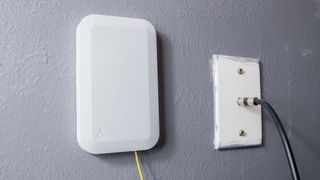
While your own mileage will vary, back when I upgraded to Wi-Fi 7 last year, I switched from cable internet to fiber and not only did I get faster speeds, I also ended up with a lower monthly bill. Another great thing about switching from cable to fiber is that you can try before you buy since you don’t have to cancel your cable plan outright to do so. I tried my local ISP’s fiber service for a month while regularly monitoring my download and upload speeds as well as making a note of how often there were outages and how long they lasted for. I was thoroughly impressed to say the least and after that self-imposed trial period, I cancelled my cable internet for good.
For those that work from home or have a household of data hungry internet users, this might not be worth the risk. However, if you aren’t in a long-term contract and already have your own networking equipment, it could certainly be worth trying. Once again, your mileage will vary and your experience might not go as smoothly as mine did. Still, if you want the most bang for your buck with the potential for faster speeds, it’s worth looking into what local ISPs are available in your area.
Gaming and game streaming
What about online gaming?
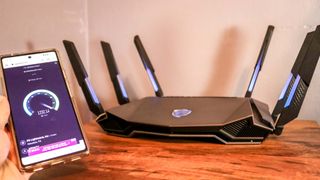
If you're an avid gamer, playing online with friends might be one of the things you enjoy most. Having fast internet is really important for that.
Over on its support forums, Microsoft offers a handy reference document to help you know how fast your internet speeds should be to accommodate online play. According to the document, you'll want a download speed of 3 Mbps or better and an upload speed of 0.5 Mbps or better. Your ping rate (a measure of the lag your internet connection causes in online gaming) should also be less than 150 milliseconds.
Sony and Nintendo recommend the same speeds.
Twitch and game streaming
When it's time to stream games between friends on Twitch, you'll need even faster connectivity. According to Twitch's broadcasting guidelines, you'll need a bitrate of at least 2.5 to 4 Mbps to play at 720p and 30 frames per second. It then goes up to 3.5 to 5 Mbps for 720p at 60 fps.
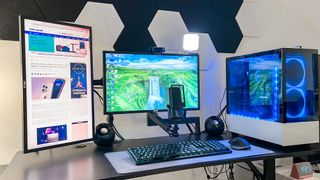
If you want to stream at 1080p and 30 fps, you need 3.5 to 5 Mbps as well, and 1080p at 60 fps demands 4.5 to 6 Mbps.
Are speeds changing?
The good news is that internet speeds are improving. A study from the popular internet speed-testing company Ookla found that the average download speed increased by 19.6% for fixed home broadband connections between 2019 and 2020.
Gigabit speed connections, once limited to specific neighborhoods in only the largest cities, are now more widely available than ever. According to the The Internet & Television Association, gigabit service is available to more than 80% of households in the United States, with gigabit speed connections offered in more than 40 states.
How much speed do I have?

Before you can make an informed decision regarding your internet speed, it’s important that you find out what kind of download and upload speeds you’re actually getting right now. Fortunately, there are plenty of places to find that out.
Popular internet speed testing tools include Ookla Speedtest and Netflix’s Fast.com which you can pull up on your laptop or smartphone in any web browser for free. Even better, you can also get dedicated smartphone apps for these same tools, with free apps for both Ookla Speedtest (Android / iOS) and Fast.com (Android / iOS). Looking for other options? Check out our guide on the best speed test apps.
There are also a number of similar tools offered by various broadband companies if you want to use a tool that’s specific to your internet service provider:
Regularly checking your connection speeds will not only give you a good idea of whether you're getting the services you pay for, but also how well-suited your connection is for uses like streaming in 4K or online gaming.
Interent speeds: Bottom line
Ultimately, deciding on the internet speeds you need isn't as simple as it looks — or as simple as ISPs want you to believe.
According to the experts, you need to think about the number of devices that will simultaneously connect to your network and exactly what you want to do with your connection.
If it's just streaming and web surfing you're after, you likely won't need much. However, if you're looking to stream 4K video, play online games and connect multiple devices, you'll need more bandwidth, for which you'll have to pay more.
What you pay for may not be what you get. You should periodically analyze your network speeds to see what's happening during slowdown or connectivity loss, as well as regular usage. If you aren't seeing the speeds you're paying for, it may be time to call your internet service provider.
More from Tom's Guide
Sign up to get the BEST of Tom's Guide direct to your inbox.
Get instant access to breaking news, the hottest reviews, great deals and helpful tips.

Anthony Spadafora is the managing editor for security and home office furniture at Tom’s Guide where he covers everything from data breaches to password managers and the best way to cover your whole home or business with Wi-Fi. He also reviews standing desks, office chairs and other home office accessories with a penchant for building desk setups. Before joining the team, Anthony wrote for ITProPortal while living in Korea and later for TechRadar Pro after moving back to the US. Based in Houston, Texas, when he’s not writing Anthony can be found tinkering with PCs and game consoles, managing cables and upgrading his smart home.
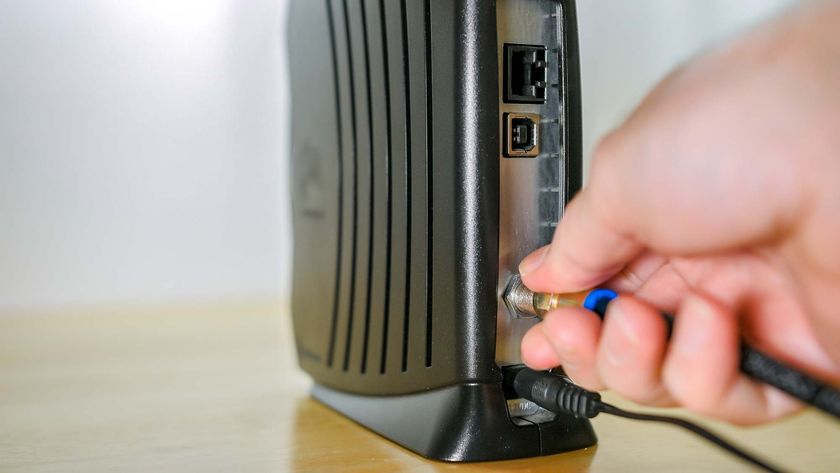

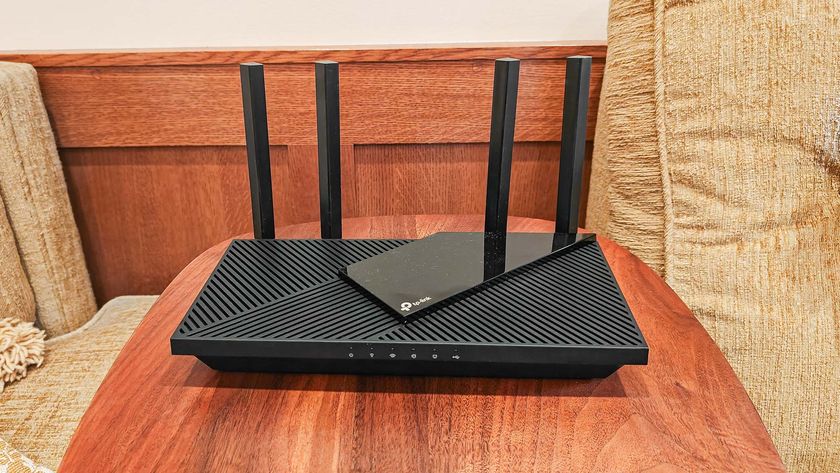
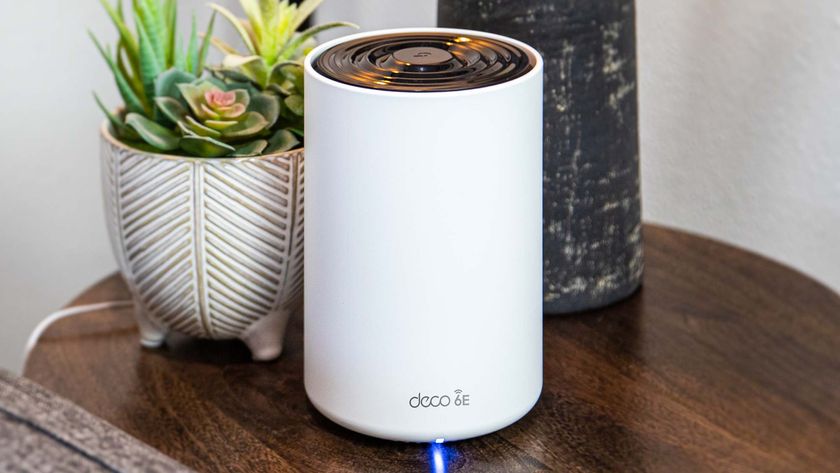
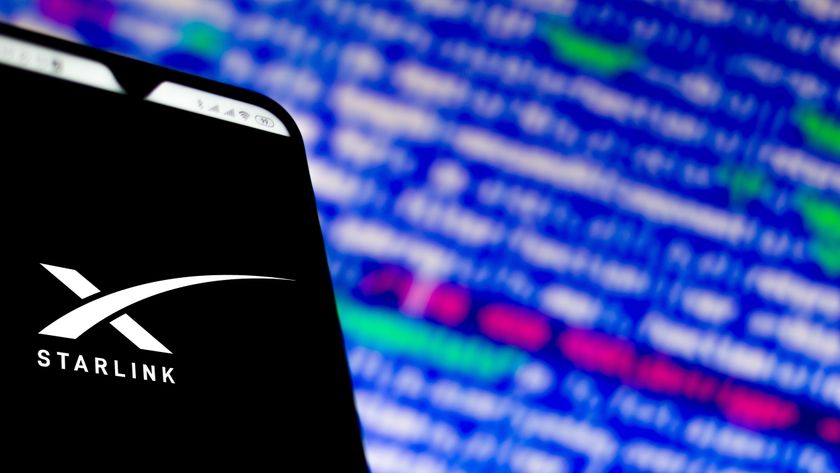
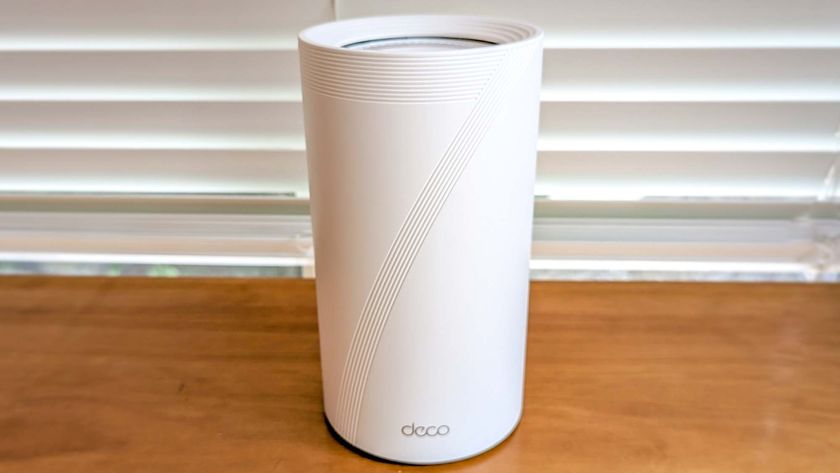
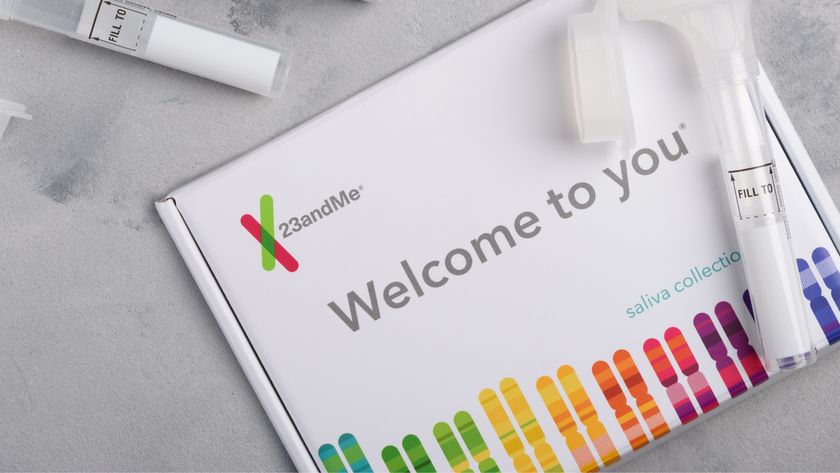

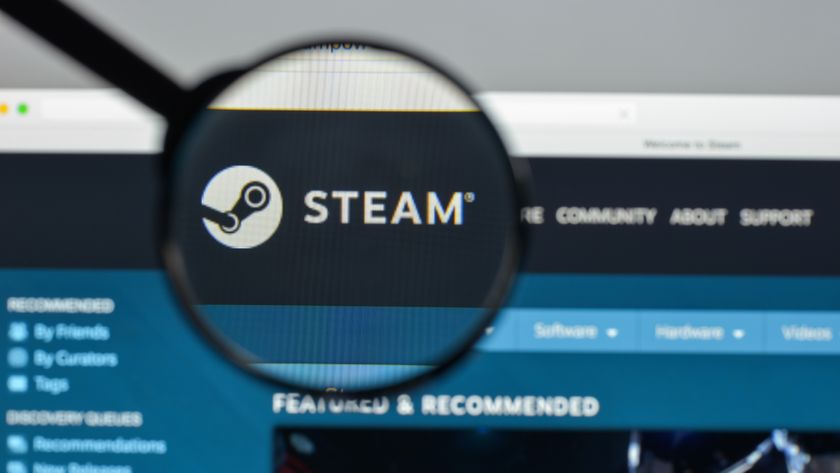
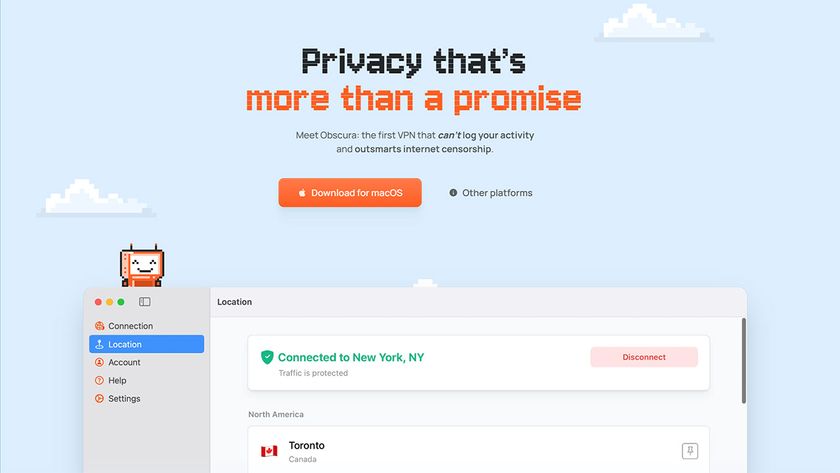

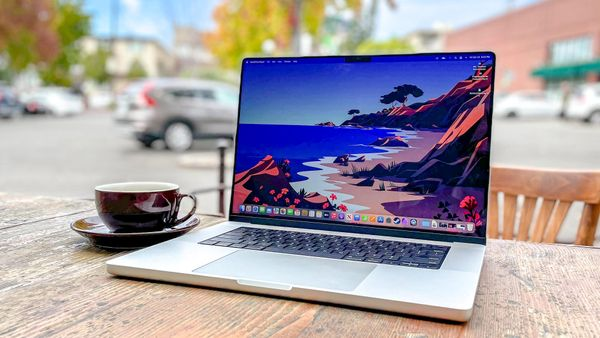

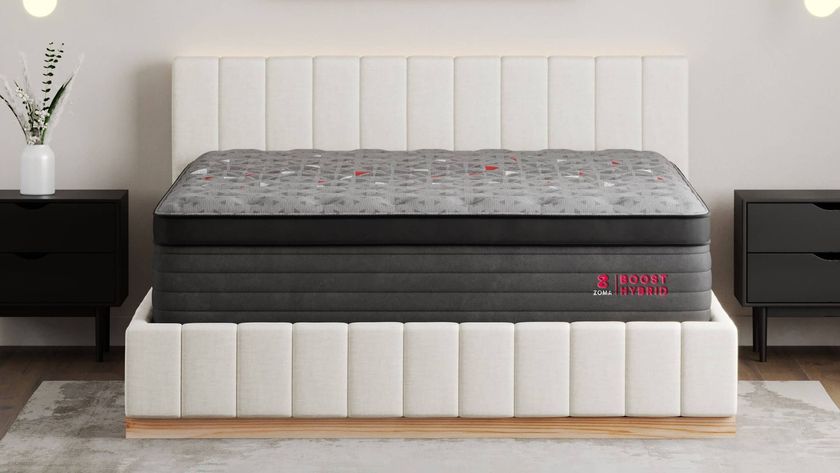

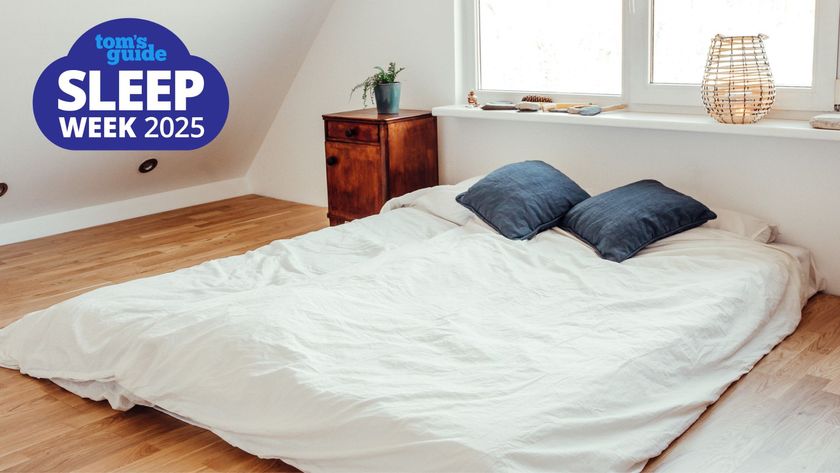

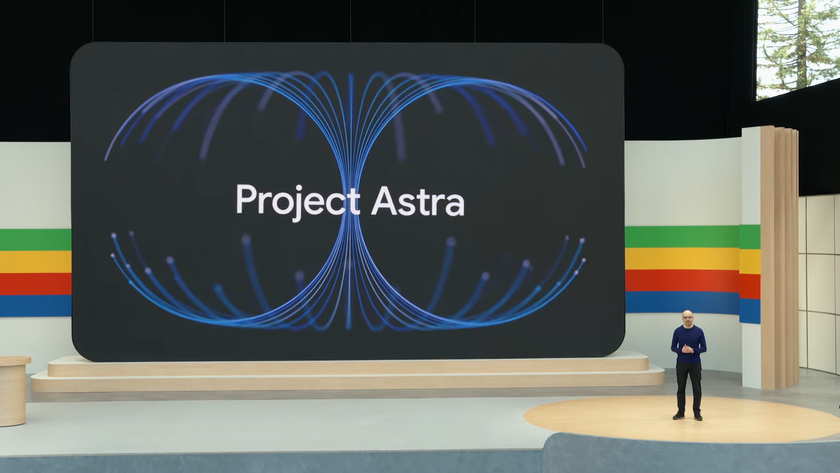
-
daddywalter When counting "devices", don't forget phones! Most smartphones allow them to use Wi-Fi when it's available. Remember to count your Alexa or Google Now devices, too. I'm a bachelor, but I may have several devices (smart TV, laptop, tablet, Echo speaker, smartphone) on the Internet simultaneously at any given time.Reply




